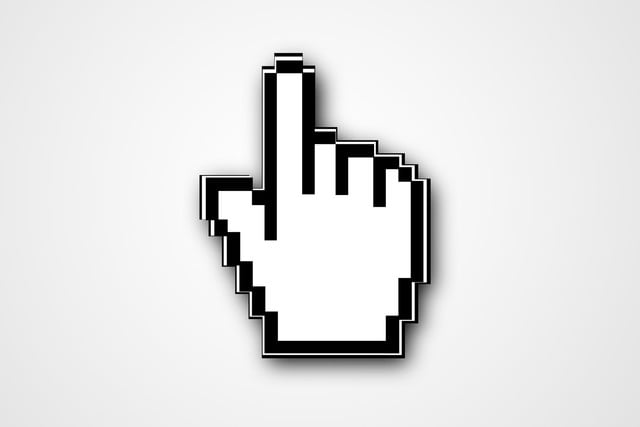The mouse cursor is one of the pillars of modern user interface design. Even if you’ve transitioned to a tablet or touchscreen device like the many Windows 10 2-in-1s that have hit the market, sometimes you just need that reliable old cursor, especially in an operating system that still skews heavily toward the conventional desktop (i.e. Windows). But that doesn’t mean you have to stick with the default option. Users looking for different cursor colors and size, whether for better visibility or simply based on cosmetic preference, can follow our simple guide on how to change your mouse cursor in Windows.
Making the cursor bigger, or inverting default color to black to make it stand out more on a white background, are the primary reasons for doing this. Changing the cursors to a variety of built-in Windows 10 “themes” — which function as collections of cursors for normal operation, text selection, hyperlinks, etc. — is fairly easy, but users can also customize individual images or install themed packs.
Changing the default cursor
Click or press the Windows button, then begin typing “mouse.” Click or tap Change your mouse settings from the resulting list of options to open the primary mouse settings menu. This is also available from the primary Settings application. In Windows 10, go to Devices, click or tap Mouse & touchpad, and select Additional mouse options.
In Windows 8, click on Control Panel, then double-click Mouse. In older versions of Windows, the Mouse or Touchpad settings shortcut is usually found from within the Control Panel.
The Mouse Properties window hasn’t changed much since Windows 7. What we’re looking for, in particular, is the Pointers tab, though it might be useful to check out some of the other tabs for usability adjustments later. Once found, click on Pointers.
The first option under the pointers tab is Scheme, and it’s all that most users will need to adjust. Click the drop-down menu and you’ll see roughly a dozen different cursor schemes. These are collections of static and animated images that completely replace the default “arrow” cursor and its associated tools. Most of them are boring but functional, and they take on the regular Windows look. The variations come in white and black for the best contrast, and in a variety of sizes to suit different screen resolutions and those with poor eyesight.
Click on any of the schemes to see a preview of the applicable cursors in the bottom half of the window. You can move back and forth between them to compare the color and size. The “inverted” schemes are especially useful for those who have a hard time seeing the standard white cursor. If one of these schemes looks good to you, simply click Apply to implement the changes. Then, return to the Mouse Properties menu for any additional changes in the future. The Enable pointer shadow option adds a cosmetic shadow to the cursor — it’s interesting, but not all that useful.
Customizing cursors
If you’re looking to change one or more individual cursors, that’s easy to do as well. In the Customize portion of the window, select the cursor you’d like to change. There are 15 different cursors that can apply to different situations in Windows 10, though most of the time the primary pointer, link pointer, text select, and window resizing cursors are all you need to worry about. To select a custom cursor for the highlighted individual item, click Browse.
This will open the default Cursors folder, C:WindowsCursors, where hundreds of different cursor options are available. Click one that matches the function (not the scheme) of the current cursor, then click Open to apply it to the current scheme. You can repeat this step as many times as it takes to get the desired result or click Use Default to return to the standard cursor for the scheme in question. Repeat the process with any other individual cursors you’d like to change, then click Apply to make them active.
Downloading cursor packs
Customizing Windows interface elements has become less popular as of late, but it’s still an option for more advanced users. There are many programs that will install additional cursor schemes or individual cursors to the default menu, such as Stardock’s CursorFX, and sites like Customize.org and the Open Cursor Library have dedicated sections for custom cursors. Once installed, these are selected in the process mentioned above.
If you’ve found one or more individual cursors that you want to install manually, you’ll need to copy their image files directly to the Cursors folder. In Windows 7, 8, and 10, this is in the default Windows installation folder, usually located at C:WindowsCursors. The Browse function we previously outlined can actually go to any folder on your PC, but it’s usually best to keep all your cursor files in the default folder for easy access.
When downloading individual cursor files or add-on programs, exercise caution as with any download — ransomware and other malware attacks are increasingly serious problems and can’t be taken lightly. Do not download files or programs from questionable sources, and check files with a virus scanner — like Windows Defender — before opening them.

